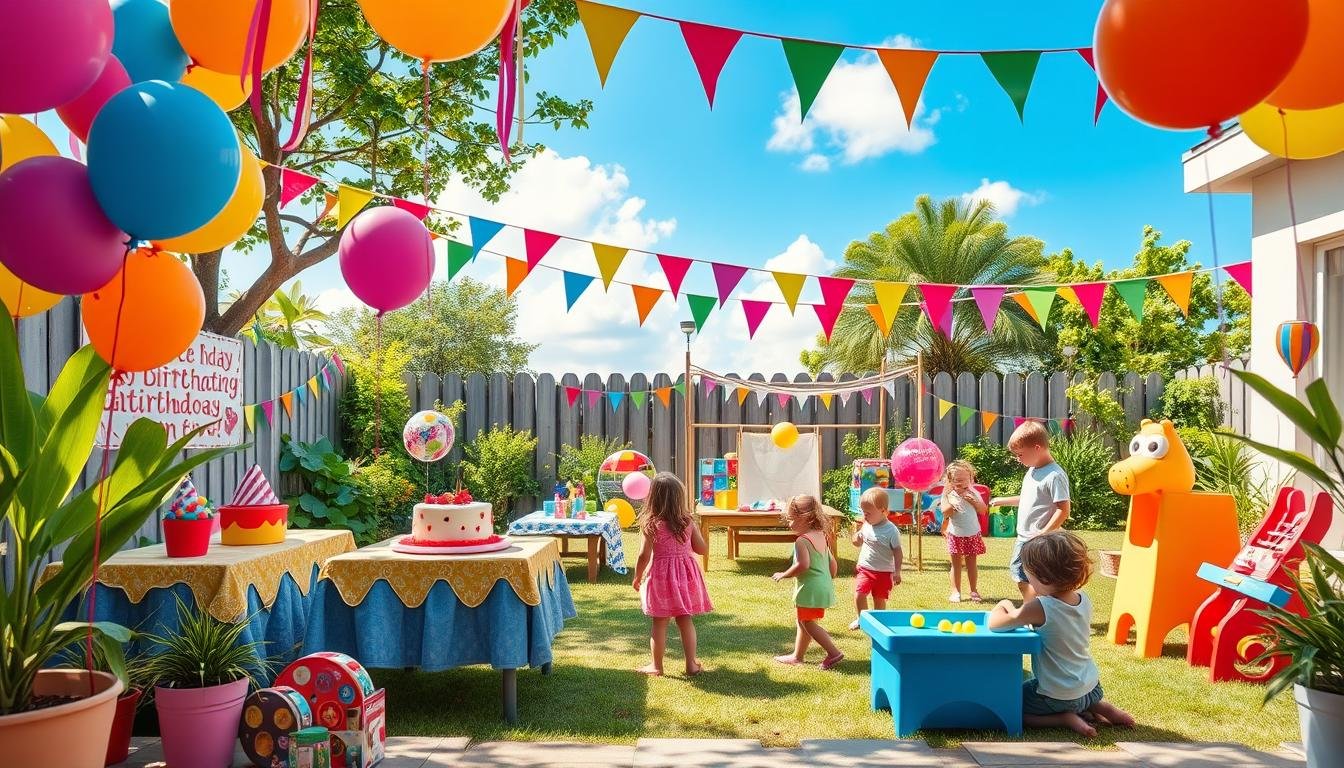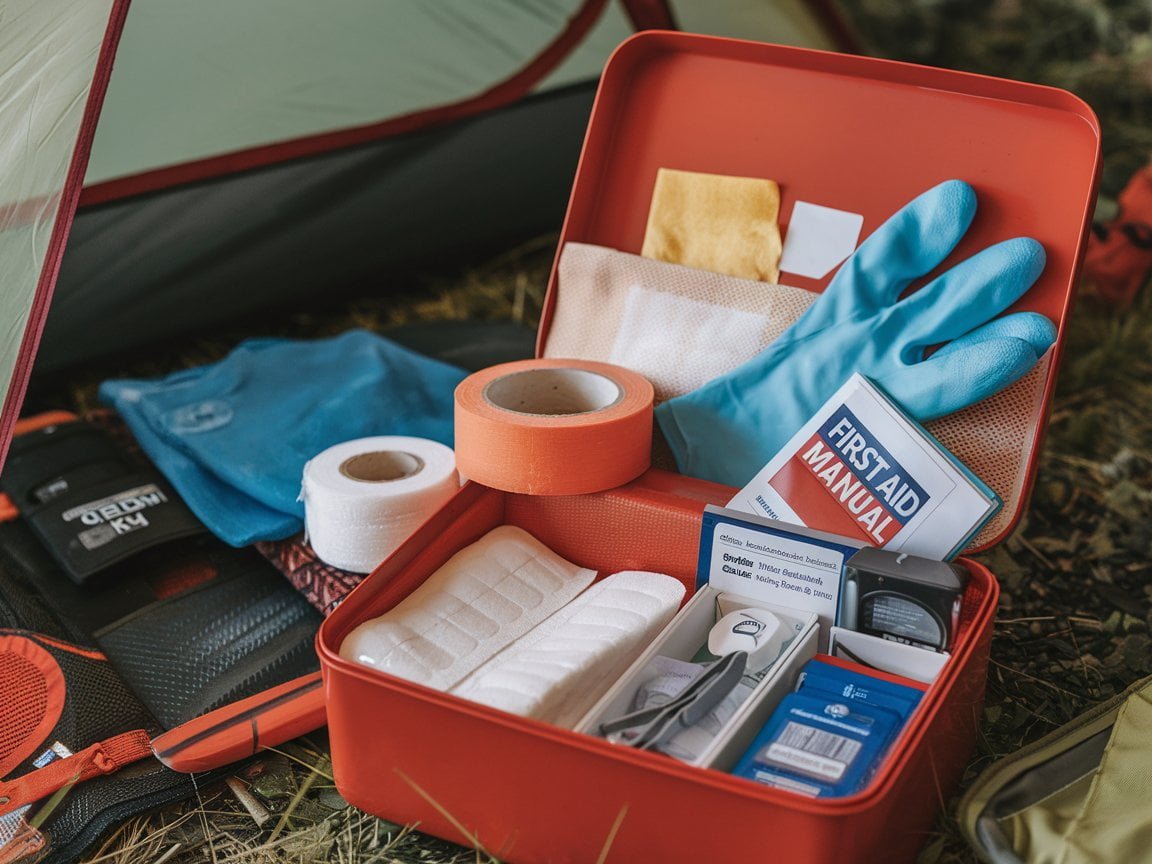Nurturing creativity in children starts with having the right tools. A well-equipped kids’ drawing kit can inspire endless hours of artistic exploration. This guide is designed to help you build a complete and high-quality drawing kit, featuring everything your young artist needs, from the most essential items to fun extras that enhance creativity.
1. High-Quality Drawing Paper and Sketchbooks
- Why It’s Essential: The canvas for every drawing, quality paper ensures colors appear vibrant and prevents bleeding. Choose thick, acid-free paper suitable for various mediums.
- Recommendation: Look for spiral-bound sketchbooks with perforated pages for easy removal.
2. Colored Pencils
- Why It’s Essential: Colored pencils are versatile and allow for detailed coloring, shading, and blending.
- Recommendation: Invest in non-toxic, richly pigmented pencils with durable cores that resist breaking.
Here’s a list of various colored pencil sets, each offering unique features suitable for different levels of artistic experience:
- Prismacolor Premier Colored Pencils: Known for their soft, buttery cores, these pencils offer rich pigmentation and smooth blending. Ideal for detailed work and layering, they’re favored by professional artists and serious hobbyists.
- Crayola Colored Pencils: A classic choice for children and beginners, Crayola pencils are durable, non-toxic, and affordable. They offer a decent range of colors with good vibrancy, making them perfect for school projects and casual coloring.
- Faber-Castell Polychromos Colored Pencils:These oil-based pencils are renowned for their excellent lightfastness and break-resistant leads. They’re ideal for artists looking for precision, vibrant colors, and smooth application.
- Derwent Coloursoft Pencils:Known for their soft texture, these pencils offer rich, velvety color application. They’re perfect for blending and layering, providing a pastel-like finish that’s great for expressive artwork.
- Arteza Colored Pencils: Arteza pencils are budget-friendly but deliver high-quality results with soft, vibrant cores. They’re ideal for beginners and intermediates, offering a wide color range and smooth application.
- Lyra Rembrandt Polycolor Pencils:oil-based pencils are known for their smooth texture and high pigmentation. They provide excellent color coverage and blendability, making them suitable for detailed illustrations and professional artwork.
- Staedtler Ergosoft Colored Pencils: Designed with an ergonomic triangular shape, these pencils are comfortable to hold and reduce hand fatigue. They’re great for students and hobbyists who need a reliable, easy-to-use set.
- Caran d’Ache Luminance Colored Pencils: These premium pencils offer exceptional lightfastness and creamy consistency. They’re perfect for professional artists who require high-quality, fade-resistant artwork.
- Koh-I-Noor Polycolor Pencils: These pencils offer a good balance between quality and price, with vibrant colors and a firm lead that resists breaking. They’re a solid choice for artists who want reliable performance without a premium price tag.
- Prismacolor Scholar Colored Pencils: A more affordable alternative to the Premier line, these pencils are designed for students and beginners. They offer good color laydown and blendability, making them suitable for learning and practice.
3. Watercolor Paints
- Why It’s Essential: Watercolors add a new dimension to art, allowing children to experiment with color blending and washes.
- Recommendation: Non-toxic, washable watercolor sets with a variety of colors and brushes are ideal.
4. Oil Pastels
- Why It’s Essential: Oil pastels offer vibrant colors and a smooth texture, perfect for blending and creating textured effects.
- Recommendation: Look for soft, non-toxic pastels that are easy to blend and layer.
5. Graphite Drawing Pencils
- Why It’s Essential: Essential for sketching and outlining, graphite pencils come in different hardness levels for various shading effects.
- Recommendation: Include a range of hardness from HB to 4B to allow for detailed sketching and shading.
6. Crayons
- Why It’s Essential: Crayons are a staple for young artists, offering vibrant colors in an easy-to-use format.
- Recommendation: Opt for non-toxic, jumbo-sized crayons that are easy for small hands to grip.
7. Markers
- Why It’s Essential: Markers provide bold, bright colors and are excellent for both detailed work and filling large areas.
- Recommendation: Choose washable, non-toxic markers in a variety of tip sizes to offer flexibility in drawing styles.
8. Erasers
- Why It’s Essential: Erasers are crucial for correcting mistakes and refining sketches.
- Recommendation: Soft, kneaded erasers are gentle on paper and can be shaped for precise erasing.
9. Pencil Sharpener
- Why It’s Essential: Keeping pencils sharp ensures precision in drawing.
- Recommendation: A sharpener with multiple hole sizes and a shavings container is practical and reduces mess.
10. Ruler
- Why It’s Essential: A ruler helps with drawing straight lines and understanding proportions.
- Recommendation: Choose a sturdy, transparent ruler that’s easy to use for various projects.
11. Scissors
- Why It’s Essential: Scissors are needed for cutting paper, creating collages, and other creative projects.
- Recommendation: Opt for child-safe, blunt-tipped scissors that are comfortable for small hands.
12. Glue Stick
- Why It’s Essential: A glue stick is essential for collage-making and assembling craft projects.
- Recommendation: Choose non-toxic, washable glue sticks that are easy to apply and dry clear.
13. Art Smock
- Why It’s Essential: An art smock protects clothing from paint, markers, and glue.
- Recommendation: A waterproof, washable smock with easy closures is practical and comfortable for kids to wear.
14. Storage Box or Case
- Why It’s Essential: A storage box or case keeps all the art supplies organized and accessible.
- Recommendation: Choose a box with compartments or dividers to neatly store and separate different art materials.
By prioritizing these essential items, you’ll equip your child with the tools they need to explore their creativity and develop their artistic skills. Start with the basics like drawing paper and colored pencils, then expand the kit with fun and versatile tools like watercolors and oil pastels. With the right supplies, your young artist will be inspired to create beautiful works of art!



